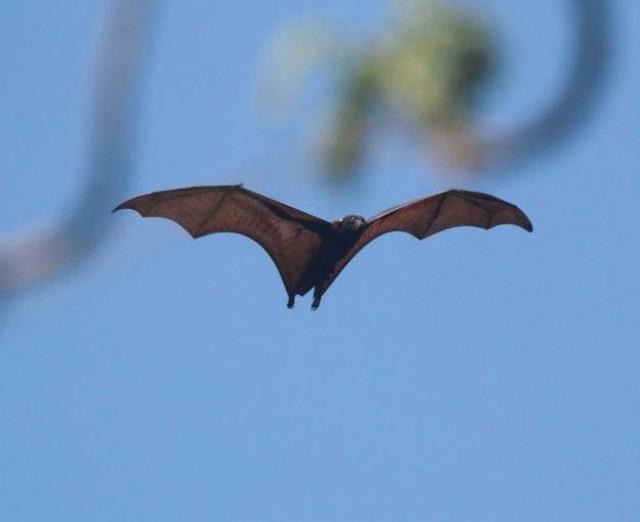Biologist: Consumption of bat meat is dangerous to health

Some Filipinos catch and eat wild animals and prepare these as a main meal and pulutan or appetizer taken with alcoholic drinks.
However, wildlife biologist Lisa Paguntalan said consuming bats or flying fox is not advisable.
"Wild animals, including bats are natural reservoir of viruses. By just simply handling wild animals, we are susceptible to disease transfer," she told GMA News Online.
In an interview with JP Soriano on 24 Oras, Paguntalan said, "Ang epekto ng pagkain natin ng wildlife, kasama doon sa paniki, posible itong makapagdulot ng sakit sa tao. Kasi 'yung paniki, mammals sila, mammals din tayo. May dala silang viruses at bacteria na puwedeng maging masama para sa tao."
She explained that bats can contract the Severe Acute Respiratory Syndrome (SARS), which killed hundreds of people in 2003.
"Hindi siya nakakasama o hindi siya nakamamatay sa paniki pero kung ito ay napunta sa tao, puwede itong ikamatay ng tao," she added.
Paguntalan said residents in many parts of the Philippines, bats are widely hunted, such as in Mindanao (Agusan, Cotabato, Mati, Surigao, Kitanglad, Lanao), Leyte, Samar, Negros, Cebu, Luzon (Sierra Madre — many parts including Isabela province).
"Some areas they hunt (bats) during times when wala makuha na fish," she added.
Paguntalan also said that in the Philippines, bat meat is usually prepared as adobo or cooked with soy sauce, or grilled or made into ginataan or coconut milk stew.
The hunt for bats has put a strain on the bat population. But with conservation efforts, the bat population is recovering in some places.
"We see populations of bats recovering in some parts of the Philippines, e.g. Zamboanga Sibugay, parts of Palawan, Mambukal in Negros or Dalaguete in Cebu. But we also see changes in flying fox populations in Agusan Marsh, Northern Samar or Bohol," she said.
Paguntalan explained that bats are classified based on their ability to echolocate or not; diet (insect-feeding, fruit eating, nectar feeding, blood feeding or carnivorous); or simply as megabat or microbat. Flying foxes are a type of fruit-eating bats that are characterized primarily by their large size, absence of tail and are generally colony tree roosting species.
Conservation efforts should continue, the biologist said, adding that there are more than 84 species of bats and the study of some of these species have yet to be done.
"They have a huge ecosystem services — eating 600 to 1,200 mosquito-like insects in an hour for a small bat of about a quarter of a ruler (long)," said Paguntalan.
"We don't have vampire bats," she added. "All we have are fruit-eating ones (strictly fruits, nectar and pollen)."
The Silliman University graduate said, "Bats are friends — they are the very reason why we are enjoying bananas, durian and a hundred more fruits pollinated by them."
"They are our natural foresters, planting seeds of forest trees and ensuring these will grow," she added. — with Angelica Y. Yang and Bernadette Parco, GMA News



